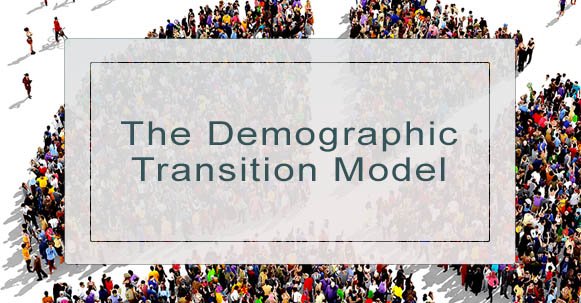

The demographic transition strengthens economic growth process by three changes:(i)Reduced dilution of capital and land stock(ii)Increased investment in human capital.(iii) increased the size of the labor force relative to the total population and changed age population distribution. In economic growth,the demographic transition has swept the world over the past two centuries,and the unprecedented population growth of the post-Malthusian period was reversed, reducing birth rates and population growth significantly in all regions of the world, and enabling economies to translate more of the gains of factor accumulation and technological progress into per capita income growth. In demography, demographic transition is a phenomenon and theory which refers to the historical shift from high birth rates and high death rates in societies with minimal technology, education (especially of women) and economic development, to low birth rates and low death rates in societies with advanced technology, education and economic development, as well as the stages between these two scenarios.

JSTOR ( November 2016) ( Learn how and when to remove this template message).Unsourced material may be challenged and removed.įind sources: "Demographic transition" – news Please help improve this article by adding citations to reliable sources. Relevant discussion may be found on the talk page. This article needs additional citations for verification.


 0 kommentar(er)
0 kommentar(er)
